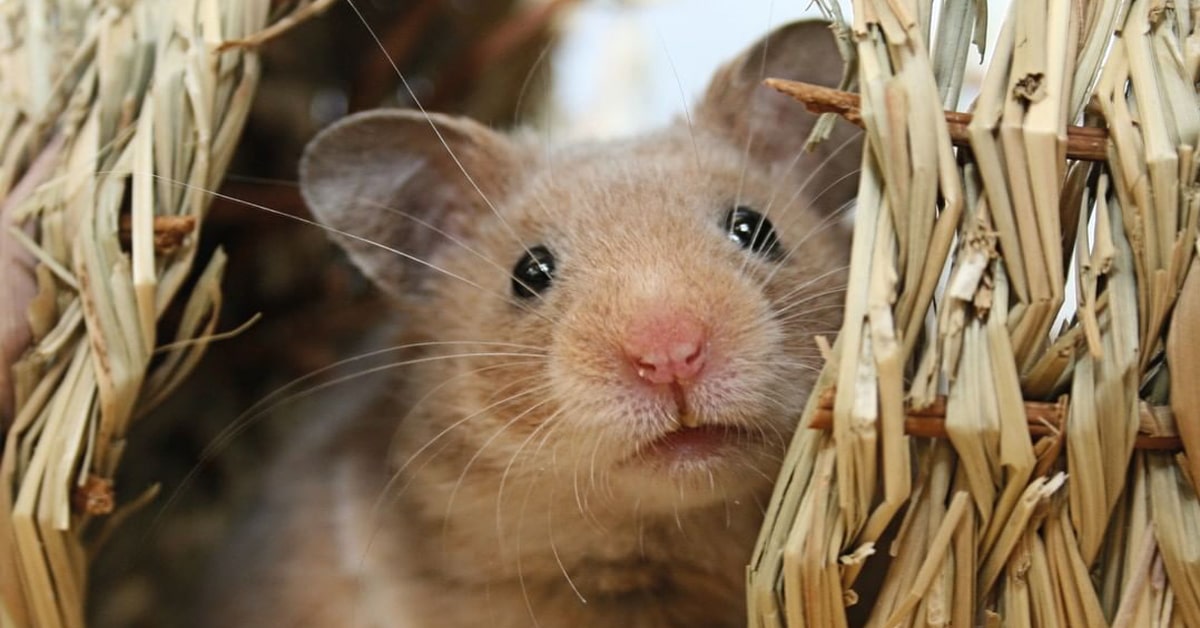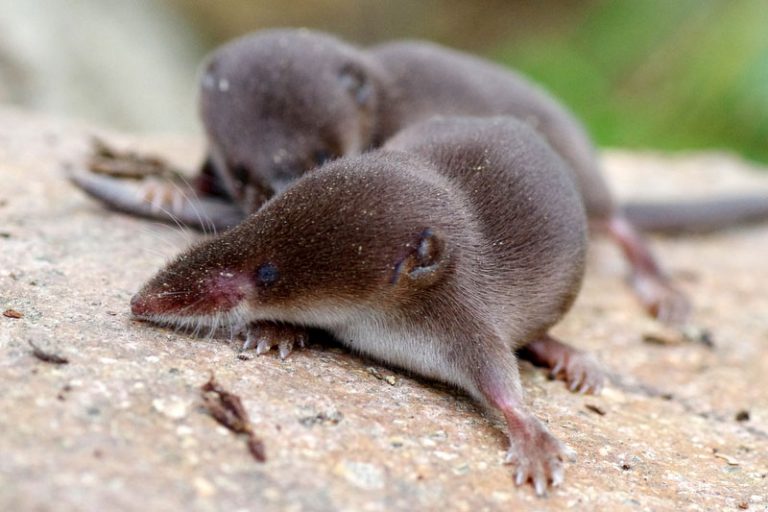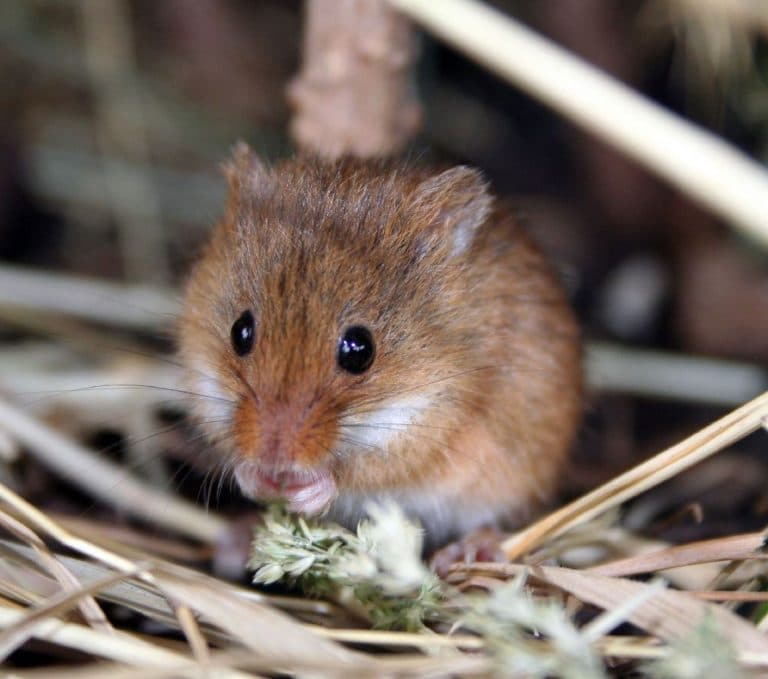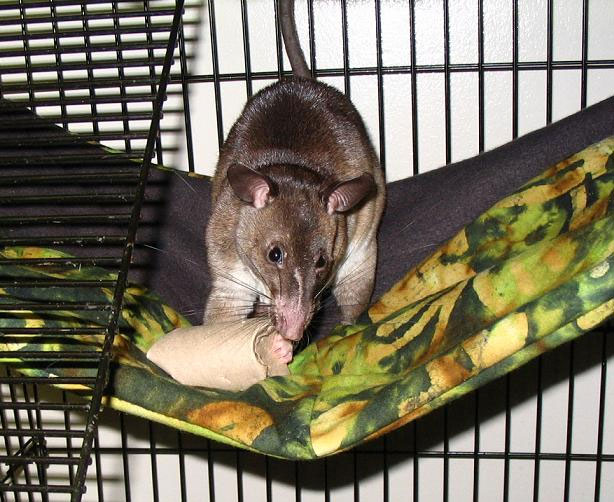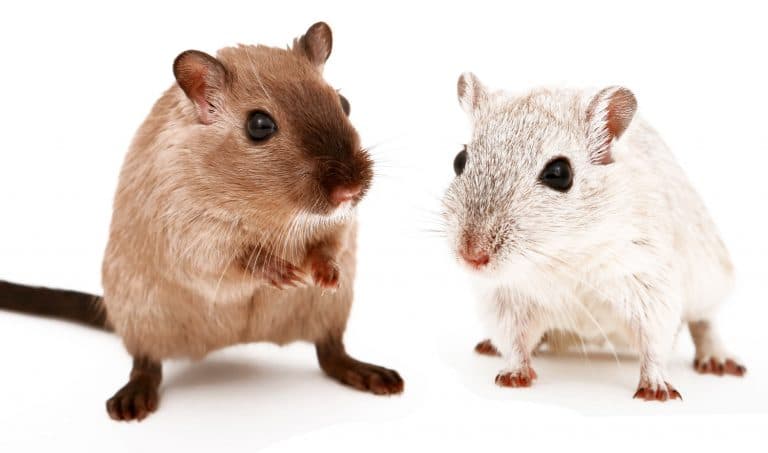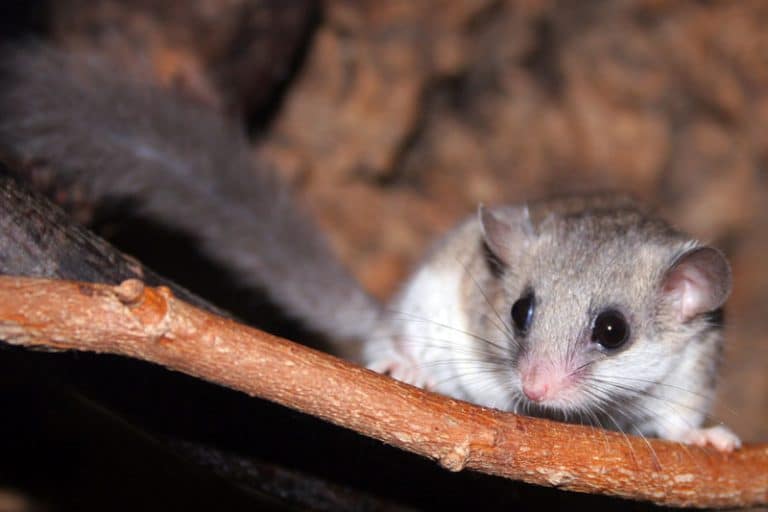Do Hamsters Hibernate? Here’s What Science Says
Hamsters are amazing animals that have gained popularity as pets all around the world. These little rodents are renowned for their charming looks and amusing personalities. Some contend that hamsters do not hibernate during the winter, despite the widespread belief that they do.
Do hamsters hibernate, then? Owners of hamsters have been perplexed by this issue for a long time.
So whether you own hamsters or are just interested in these adorable rodents, keep reading to learn about hamster hibernation and answer the question – do hamsters hibernate?
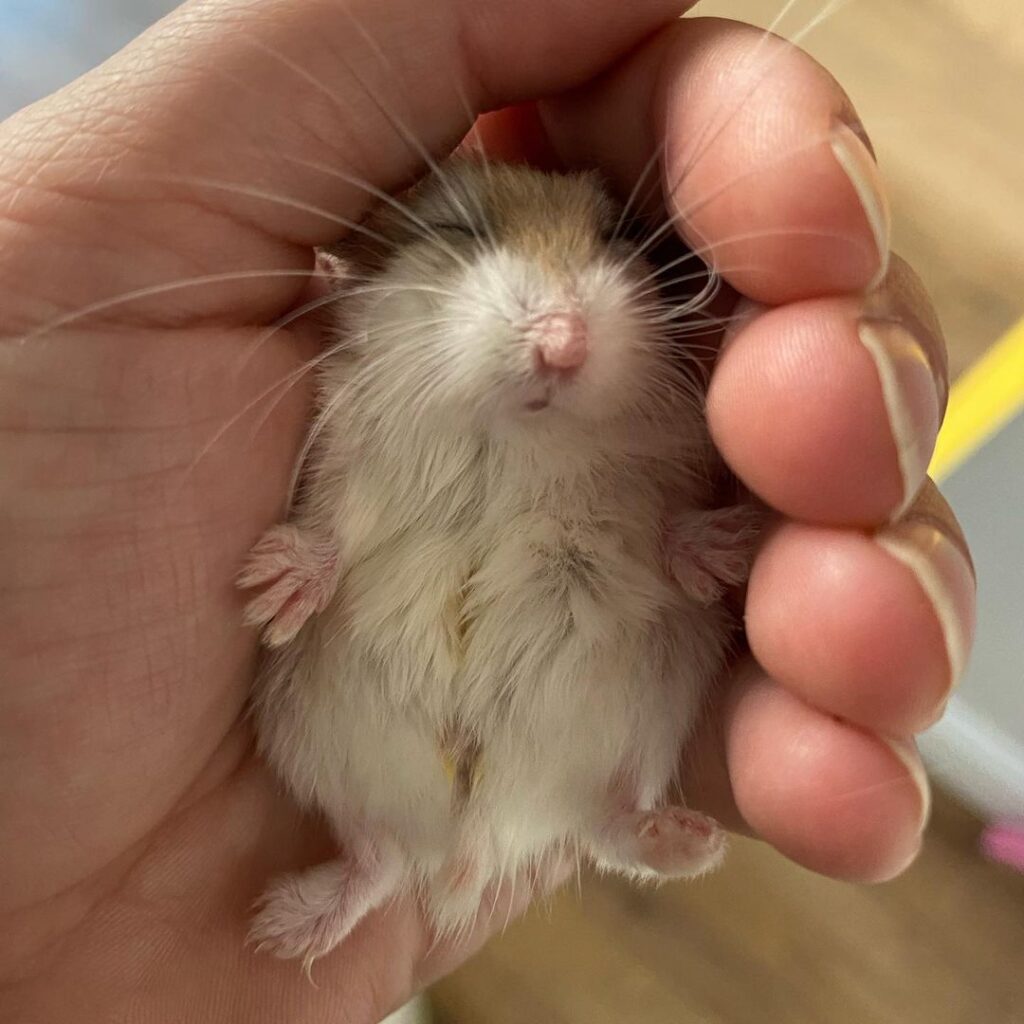
Do Hamsters Hibernate?
Let’s start our article by answering the main question – do hamsters hibernate? Due to the artificial warmth and heating in a home, domestic hamsters no longer evolve to exhibit real hibernation since their living conditions are significantly less unpredictable. They can, however, go into a brief state of “emergency hibernation” if the weather turns out to be unavoidably severe for them.
Torpor, like genuine hibernation, is a defense mechanism created to help the hamster endure harsh circumstances. The body’s metabolic, respiratory, and cardiac rates reduce during torpor and real hibernation, while the body’s temperature rises. Torpor, however, is a momentary condition that can happen anytime the temperature outside lowers or when food is in limited supply.
Why Do Hamsters Hibernate?
Hamsters hibernate to stay warm. Despite having fur, even Siberian hamsters are not designed to remain awake at minus 20 degrees Celsius or minus 4 degrees Fahrenheit. Their metabolic rate and heart rate decrease. They consume a lot less energy. While hibernating, they can sleep their way through the winter. However, if the slumber lasts too long, the hamster will get dehydrated and starve.
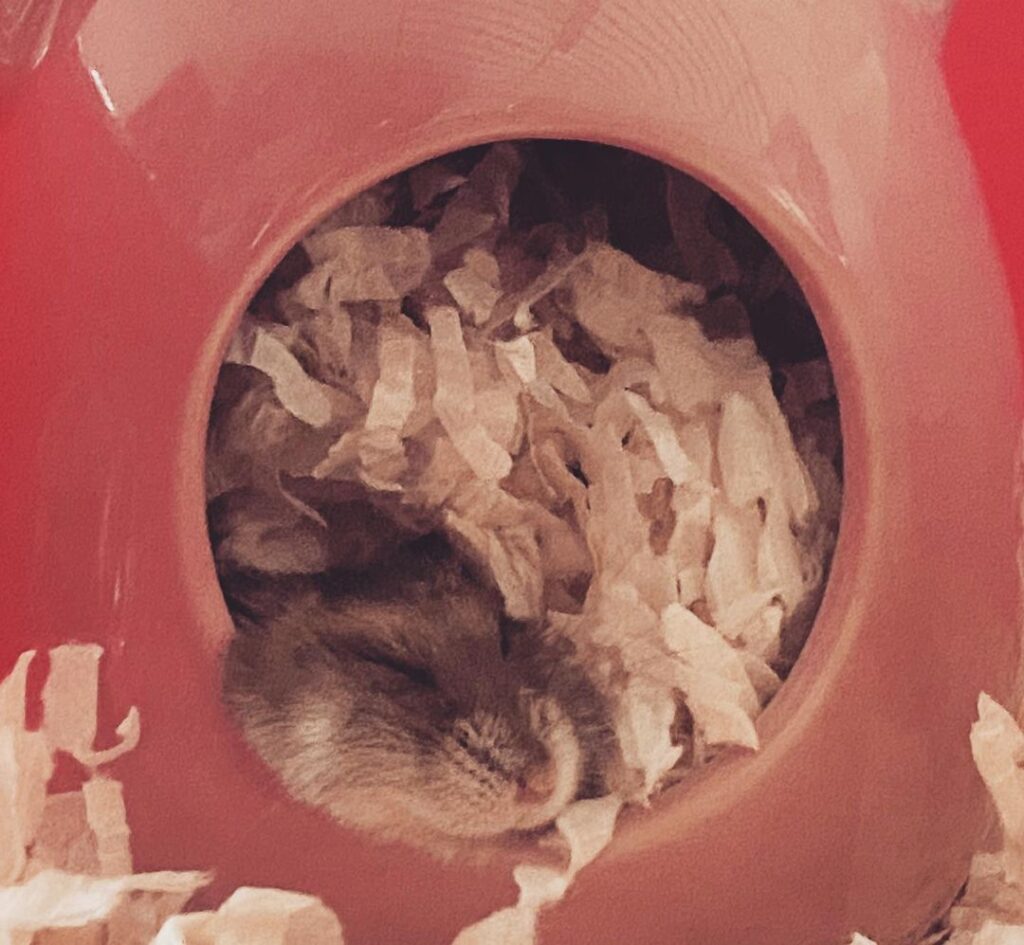
When Do Hamsters Hibernate?
Although the inactive state some hamsters exhibit is frequently referred to as “hibernation,” the more accurate term is “torpor.” True hibernation, a lowered metabolic activity state, is how certain species have evolved to survive the cold and food-scarce winter months.
So, when do hamsters hibernate? Animals that hibernate accumulate fat stores in their bodies during the seasons when food is abundant. They then enter hibernation as soon as the winter months approach. Their metabolism slows down, their activity levels decline, and the water and energy they need to survive until spring is stored in their fat deposits. For these species, true hibernation is a predictable behavior that occurs for a portion of the year.
How Long Do Hamsters Hibernate?
You may also wonder how long do hamsters hibernate. Torpor is not intended to endure for extended periods. Yet, it might last for hours or days until it stops when the temperature increases once more. Torpor is a survival tactic used by hamsters to get through sudden shutdowns required to get through temporarily harsh environments.
If the situation doesn’t change, a hamster in torpor won’t have the reserves of an animal in genuine hibernation. The longer it lasts, the more likely it is to perish from the cold or from dehydration.
How to Know When a Hamster Is Hibernating
You can do a few quick tests to determine whether your hamster is in torpor if you have any suspicions. Torpor is rare if your hamster is in a room that is warmer than 20 °C and is not close to an open window or any drafty area.
You’ll need to look at your hamster more closely to see whether they are breathing in an environment that has cooled down enough for them to go into torpor. You need to keep a careful eye on them for a few minutes to notice a breath because they only breathe every few minutes when in torpor. To check for nasal fogging during exhalation, you should also try holding a cold spoon or tiny mirror in front of your hamster’s nose.
If you’re unsure whether your hamster is breathing, you can use your fingertips to feel for a heartbeat. Just behind your hamster’s elbows, place the tips of your fingers and thumb on either side of the bottom front portion of your chest. Think about how much pressure you would use if you were holding your hamster to look at them without them escaping; that should be about right. You’ll need to apply enough pressure to feel if the heart is beating, but you don’t want to squeeze the chest.
Since a Syrian hamster’s heart is so tiny, it might be challenging to determine whether it is beating or not when it is in torpor, when its heart rate lowers from its typical 400 beats per minute to only 5–10 beats per minute. Try this for a few minutes because until your fingers become “tuned in” to something so minute, you might miss a heartbeat. Try giving your hamster a little stroke to see if they flip their whiskers, and you can also gently tug on one of their paws to see if they stretch a bit.
Being chilly or even frigid to the touch is not always a negative thing for hamsters because their body temperature will decrease during torpor, especially if they feel loose and floppy. Sadly, it increases the likelihood that your hamster has passed away if the room has continued to be warmer than 20 °C and they are chilly and stiff.
The room temperature should be progressively raised to over 20 °C to determine if your hamster is in torpor or not. After several hours or a day or two, a dormant hamster should awaken.
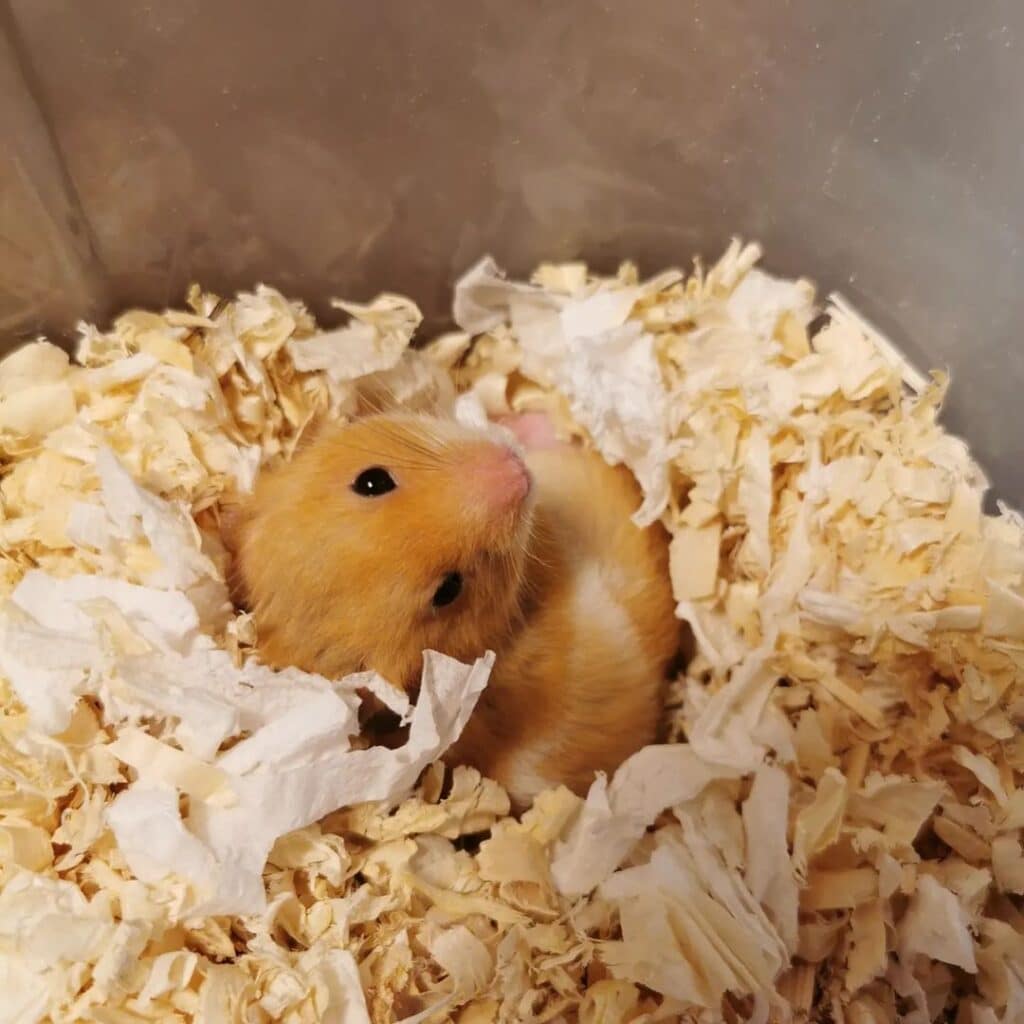
What to Do When a Hamster Hibernates
Do hamsters hibernate? No, but they go into a state that looks like hibernation. If your hamster does so, here is what you can do:
- Check your hamster’s respiration and heart rate first if you think they may be in a torpor or hibernating stage.
- Check their body temperature next. It might feel chilly to the touch.
- If your hamster is dormant, gently raise the temperature and light levels to safely bring them back to life. In cases where the torpor has just lasted a few hours, raising the body temperature may be sufficient.
- Give your hamster enough food and drink, as well as strong light, for 12 hours if it has been longer or if it doesn’t revive. A little massage might promote circulation.
Cupping your hamster in the palm of your hand and using your body warmth to gently warm its body is a nice approach to gradually warming it. Additionally, you should cover them with a warm towel (but not too hot). It is not advised to use external heating sources since they will cause the temperature to rise too quickly.
If torpor has persisted for more than a day, there can be additional health effects to take into account. Fasting during hibernation frequently results in dehydration and malnutrition. Therefore, it’s important to gradually reintroduce food and water. A thorough veterinarian examination is required to identify any health issues and make the best treatment suggestions.
Do All Species Of Hamsters Hibernate?
It’s interesting to note that not all hamster species exhibit the same forms of hibernating behavior. European hamsters hibernate for extended lengths of time throughout the winter in the wild, making them real hibernators. Hibernation is less frequent in dwarf hamsters. Syrian hamsters are permissive or facultative hibernators, which means that while they do not often hibernate, they are capable of doing so if their environment dictates.
Additionally, female hamsters typically hibernate for fewer days than male hamsters. You will easily recognize phases of torpor or hibernation at home if you are aware of the normal hibernation patterns for your hamster’s breed and sex.
Do Hamsters Hibernate In Wild & Captivity Similarly?
If their habitat becomes too chilly, captive or pet hamsters may hibernate for at least 24 hours. So, do hamsters hibernate in the wild or in captivity in a similar way? Well, it depends on the environmental conditions. Given the warmth and abundance of food in their habitats, this occurs very infrequently. Pet hamsters live in environments with relatively steady temperatures.
Rarely, if ever, does it fall below 18 Celsius/65 F). Additionally, the temperature inside the house never rises above 26 C/79 F) in the summer because this is uncomfortable for people as well.
So long as you keep your pet hamster comfortable, secure, and nourished, he won’t need to hibernate. Each winter, wild hamsters must hibernate. The hamster will hibernate following its natural tendencies.
It will begin eating more in an effort to gain weight. Yes, hamsters will consciously gain weight so that they can use it as fuel when it’s time to hibernate. They won’t do anything at all, including move, awaken, or even drink any water. They will endure the chilly weather and pray for the best. When the weather starts to warm up again, they’ll awaken and begin looking for food and water.
Bottom Line
In this article, we explored the answer to the main question – do hamsters hibernate? Despite popular belief, hamsters do not hibernate. Instead, they experience a temporary metabolic slowdown known as torpor. Because of this adaptive process, they can conserve energy when food is in short supply.
It’s your duty as a good hamster keeper to keep your furry pet warm and cozy throughout the colder months and ensure they have access to lots of food and water. Knowing the truth about whether do hamsters hibernate or not will help you keep your pet happy and healthy all year.

Nato is a content writer and researcher with a background in psychology who’s eager to explore the wonders of nature. As a travel enthusiast and animal lover, she hopes to inspire others to discover and cherish the beauty and importance of the natural world.

